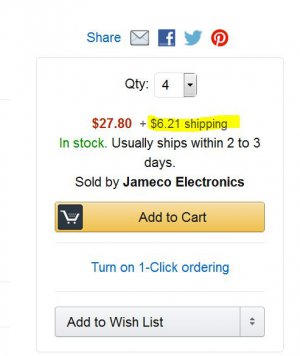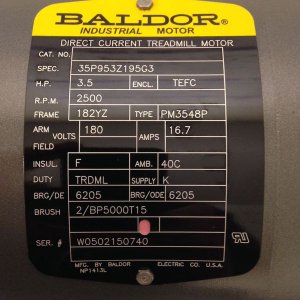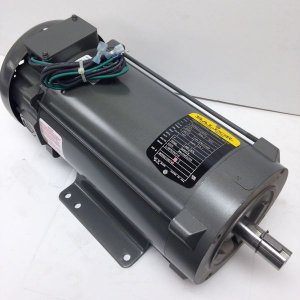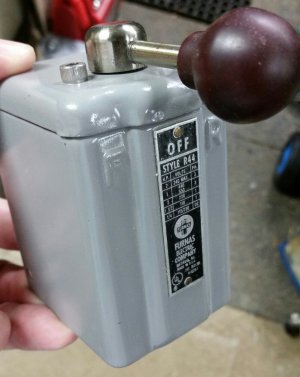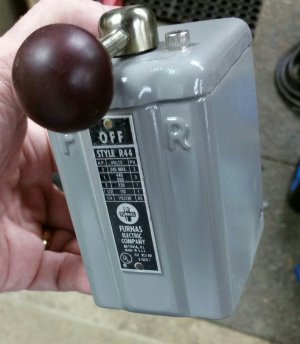Is there a better place to buy these 5K linear pots from?
I just went to Amazon looking for "5K linear potentiometer", saw this one:
5k?, 2W 1/4" Shaft Linear Taper Potentiometer - $6.95 + $4.93 shipping
http://www.amazon.com/5k%2126-Shaft-Linear-Taper-Potentiometer/dp/B00C9NWQ8A
found the 1 reviewers' comment interesting:
Am I the only one who is FED UP with the weird Metric flimsy Die-cast zinc potentiometers with intermittent connections and noise in the wiper that everyone is pushing?
I use these for industrial motor controllers.
Here it is, the genuine rugged article that can be used in harsh environments, and probably will not fail.
I am not exporting, so for me, Metrification is a silly affectation, a pose, like a Spring Water List in a pretentious restaurant- Particularly when the Metric versions so commonly offered are cheap garbage.
Yes, Metric is the way the World is going, and it eliminates silly fractional measurements like 13/64. But it is not a reason to buy a lousy product.
...looks nice and heavy duty, but I'm not an electrician either...


